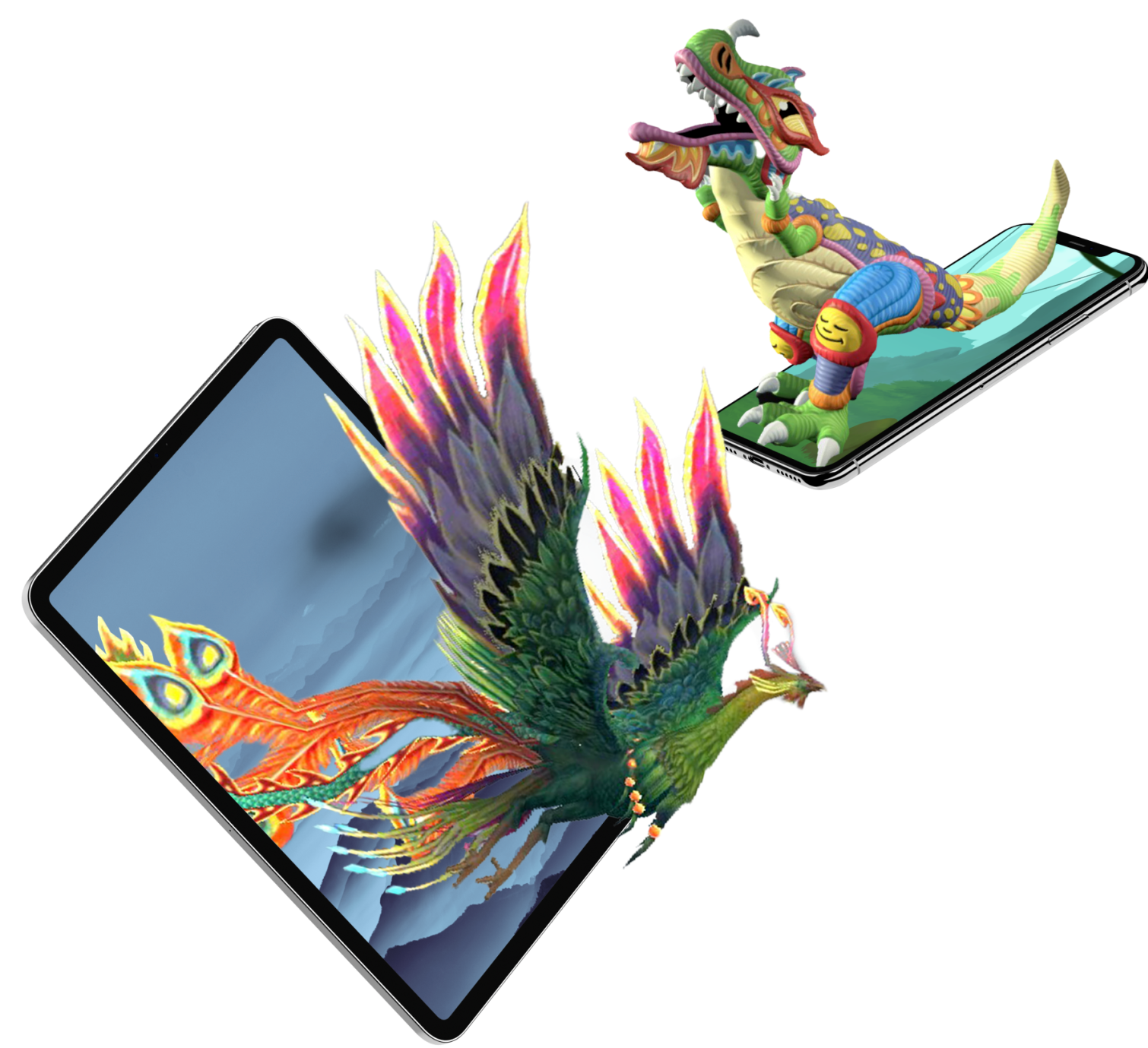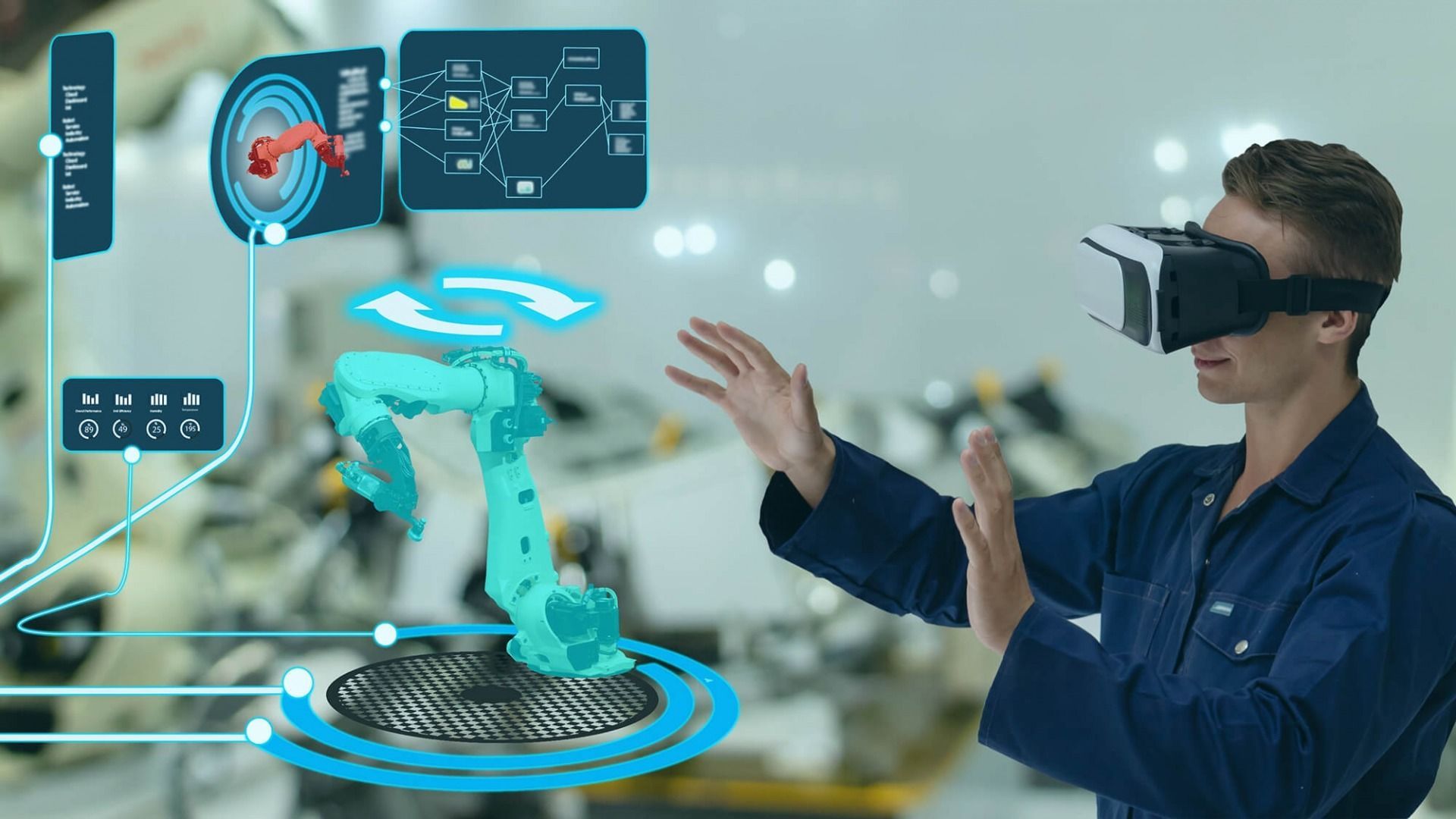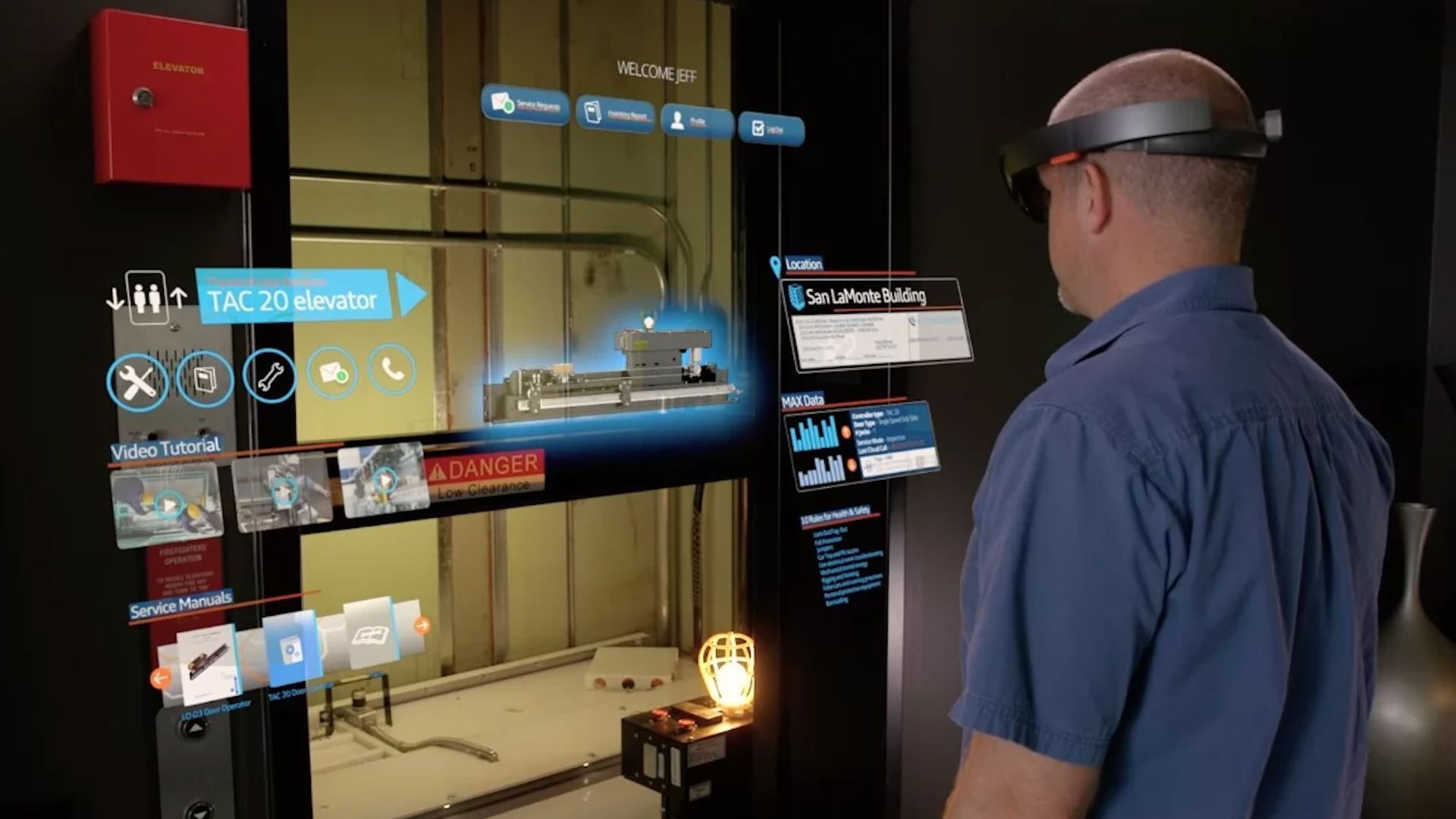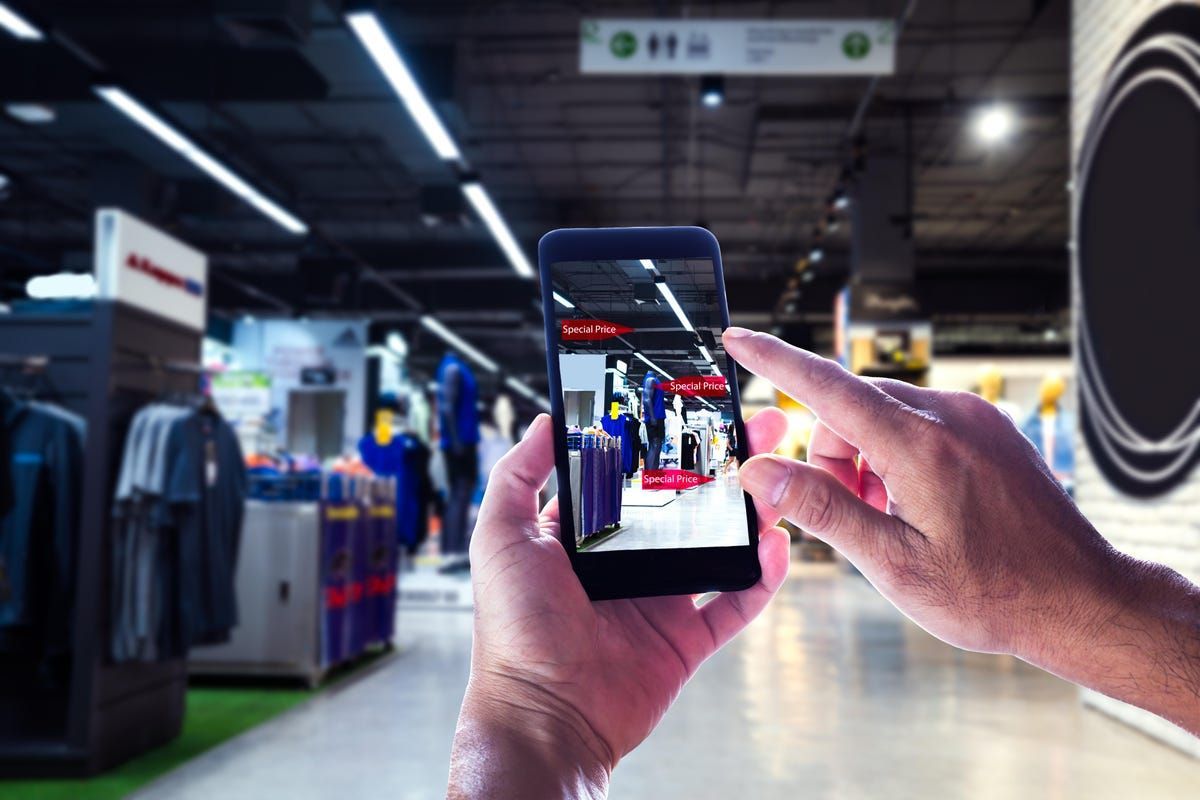Augmented Reality (AR) provides a more immersive and engaging experience for corporate training, compared to traditional methods. AR allows for hands-on learning and increases employee engagement, leading to better retention.
Why should companies use Augmented Reality (AR) for Corporate Training?
Augmented Reality (AR) provides a more immersive and engaging experience for corporate training, compared to traditional methods. AR allows for hands-on learning and increases employee engagement, leading to better retention of information and improved skills. It can also enhance collaboration among team members and save time and resources compared to traditional training methods. Utilizing AR in corporate training can drive innovation and improvement in employee training programs.
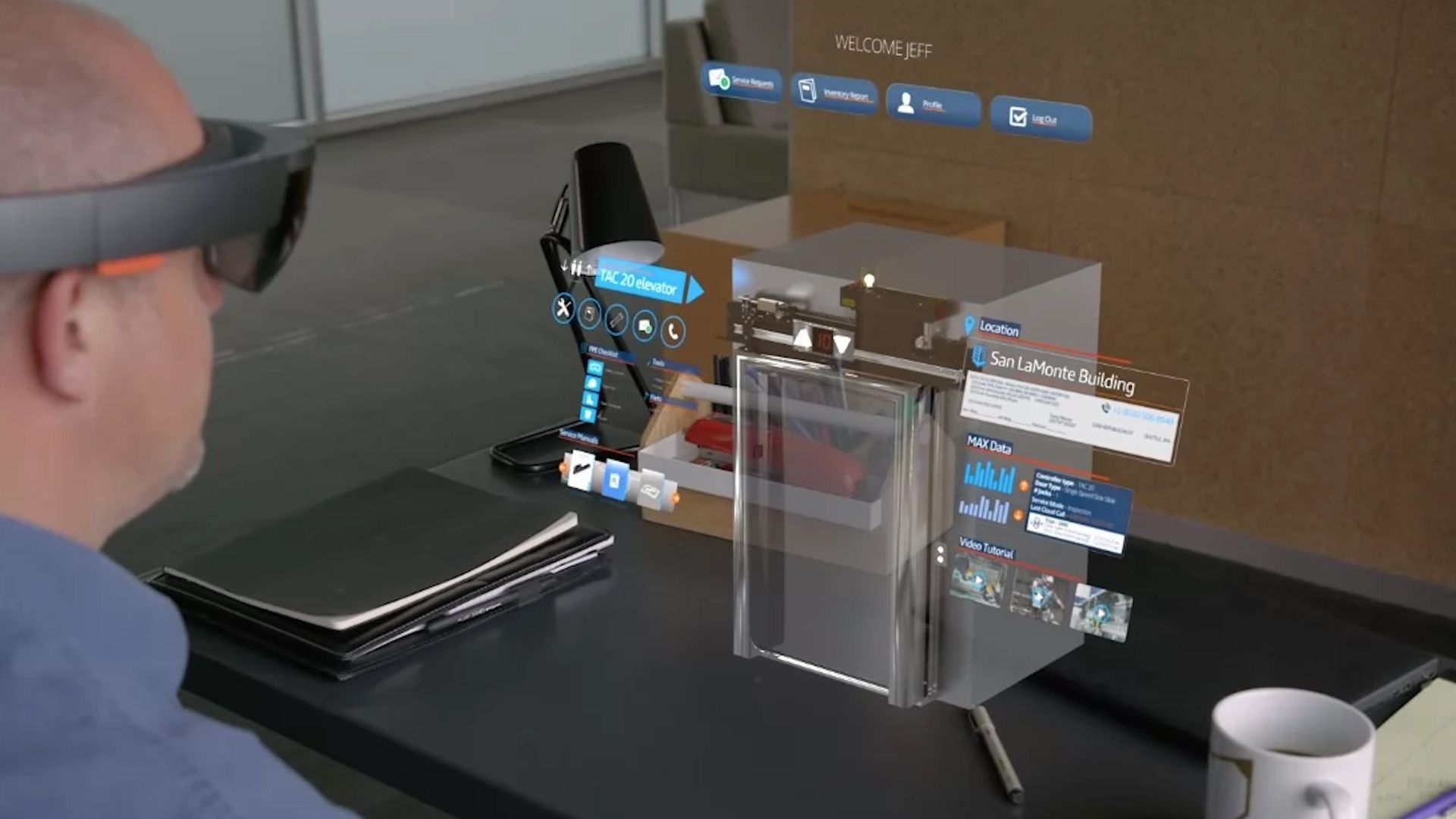
What advantages does using Augmented Reality in Corporate Training give employees?
AR provides a more engaging and immersive learning experience, allowing employees to visualize and interact with training content in a way that is more interactive and memorable. Secondly, AR allows for hands-on training, enabling employees to practice and apply their skills in a safe and controlled environment. This can lead to better retention of information and improved performance. Additionally, AR can increase employee engagement and motivation, as they are able to participate in a more interactive and dynamic training process. Finally, using AR in corporate training can enhance collaboration among team members and help to foster a culture of continuous learning and development within the organization.
What advantages does using Augmented Reality in Corporate Training give employees?
AR provides a more engaging and immersive learning experience, allowing employees to visualize and interact with training content in a way that is more interactive and memorable. Secondly, AR allows for hands-on training, enabling employees to practice and apply their skills in a safe and controlled environment. This can lead to better retention of information and improved performance. Additionally, AR can increase employee engagement and motivation, as they are able to participate in a more interactive and dynamic training process. Finally, using AR in corporate training can enhance collaboration among team members and help to foster a culture of continuous learning and development within the organization.
What impact will Augmented Reality (AR) have on Corporate Training?
AR allows for hands-on training, increasing employee engagement and motivation, and enhancing collaboration among team members. Utilizing AR in corporate training can also save time and resources compared to traditional training methods, and drive innovation and improvement in employee training programs. In summary, the use of AR in corporate training will provide a transformative and valuable experience for employees, leading to better performance and a culture of continuous learning and development.
Drive Foot Traffic with Augmented Reality Murals
How It Works
AR allows for hands-on training, increasing employee engagement and motivation, and enhancing collaboration among team members. Utilizing AR in corporate training can also save time and resources compared to traditional training methods, and drive innovation and improvement in employee training programs.
01
Discover
A Creative Director will work with you on vision & visual targets, short-term and long-term goals.
02
Design/Develop
Working with our internal partners, we start to plan out how the experience will work with the technology and platforms’ requirements.
03
Test
This stage is all about making sure the experience meets the Goals & KPIs and is working as intended without any breaking issues. Internal testing is done during this phase.
04
Publish
This stage is all about getting the client’s final approval of the experience. Client provides confirmation they are happy with the final output and ready to proceed.
